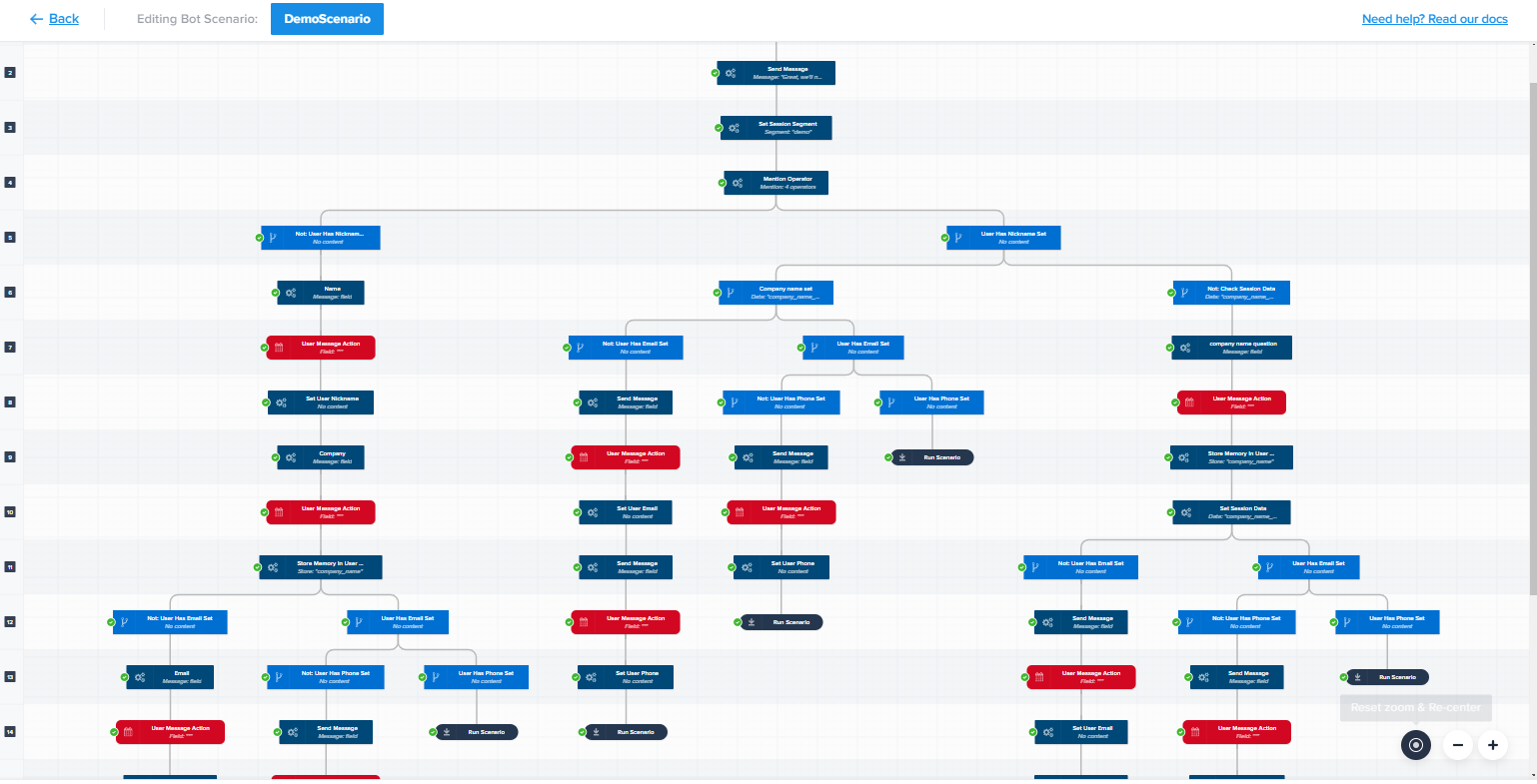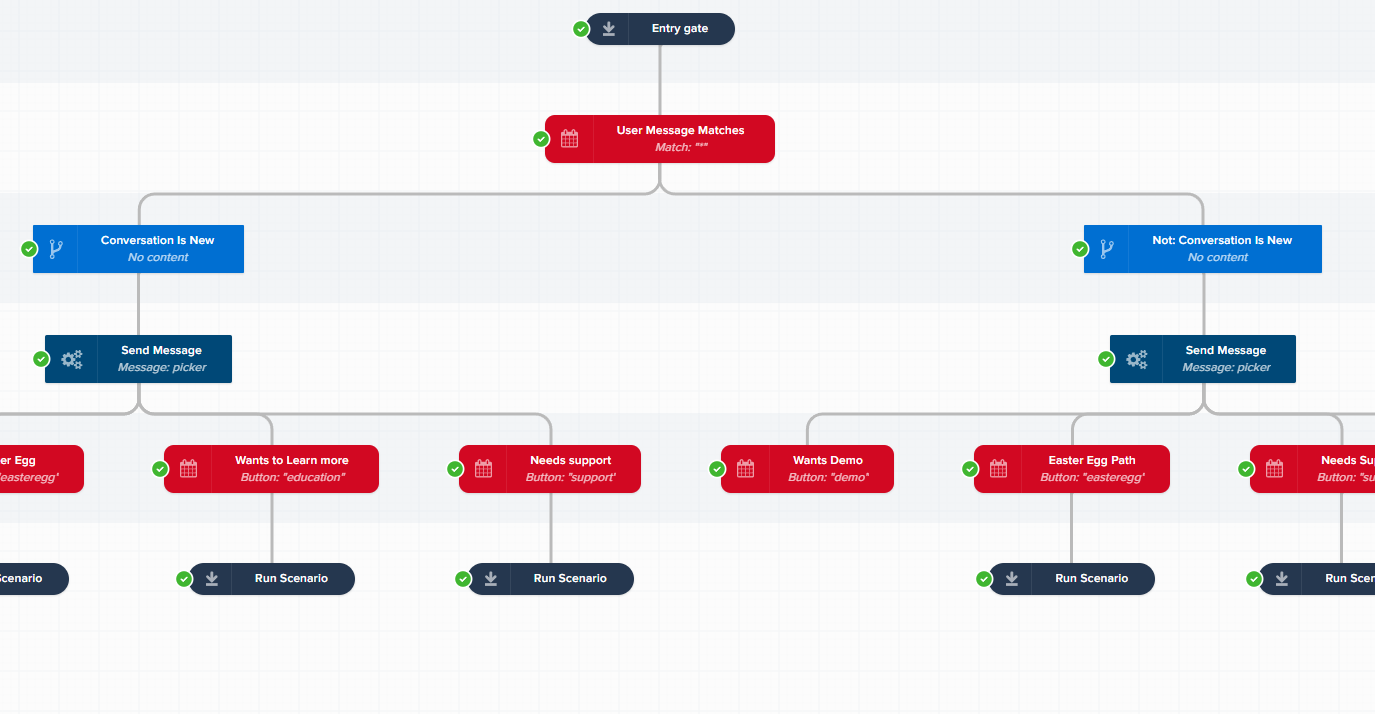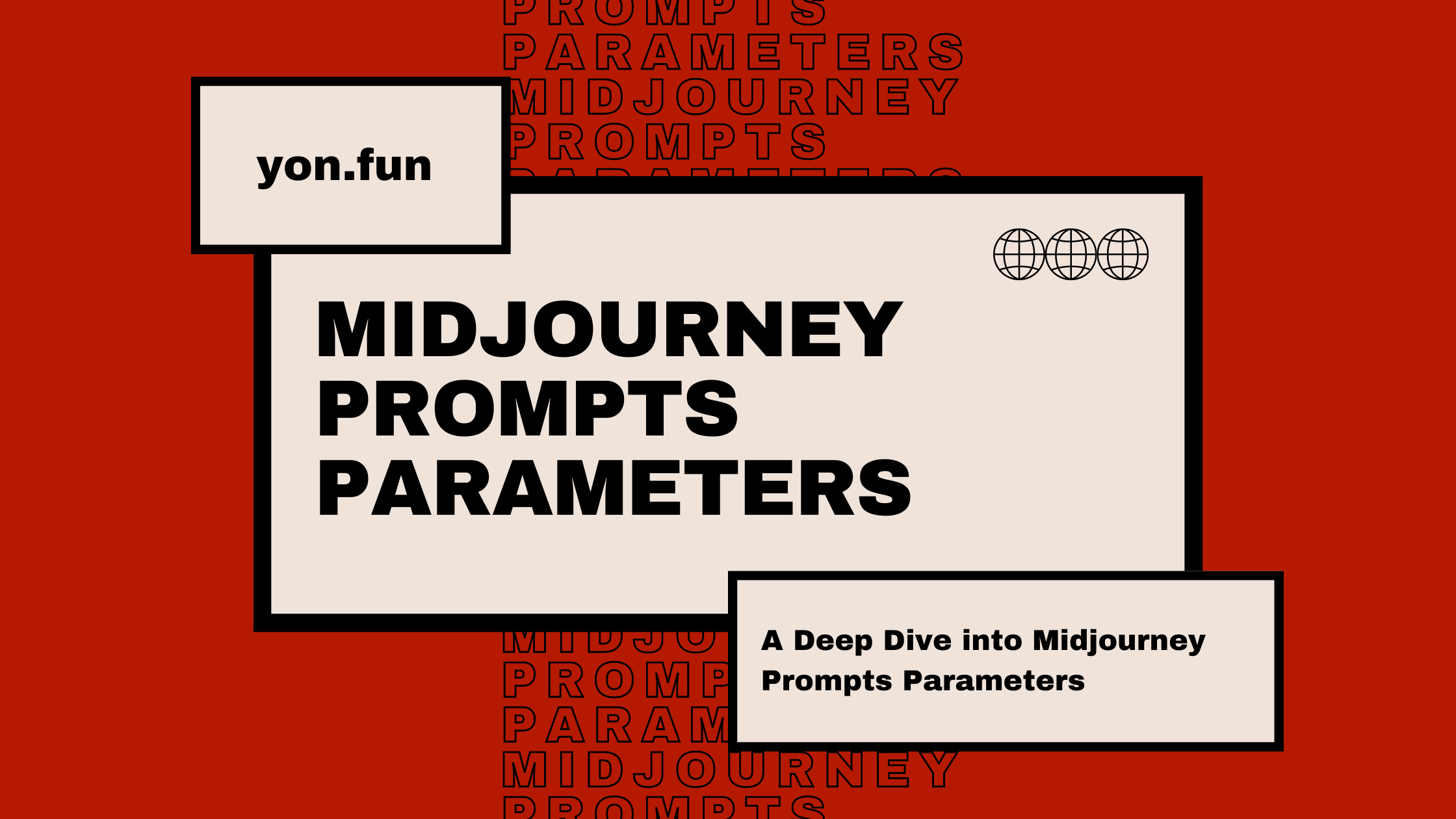Build a Chatbot with ChatGPT
Use Crisp and ChatGPT to build a versatile chatbot for your business. This step-by-step guide takes you through the process, prompt included.


When I was in my previous role, we needed to find a chatbot service to use. We considered a few options like Crisp, Drift, Marketo, Salesforce, and Hubspot. Each had its own pros and cons, but in the end, we decided to go with Crisp. However, since the tool was new, nobody in my network had experience building with it. Considering the different implementation costs and onboarding processes offered by various companies, I thought we could try using ChatGPT to create the chatbot by providing it with the rules we used to build one.
In a previous article, we discussed training ChatGPT to act as your product specialist. In this guide, we'll walk you through the process of creating your own chatbot using Crisp and ChatGPT, with the exact prompt you need included. Whether you're a startup looking to improve your customer service, generate more inbound leads, or create compelling lead magnets, you'll find this guide incredibly helpful. You'll be amazed at how simple it is to implement this powerful combination of technologies without extensive coding.

So, whether you're an experienced tech guru, a beginner in the startup world, or somewhere in between, this guide is tailored for you. We'll break down the steps into easily manageable sections, so you won't have to worry about getting lost along the way.
What is Crisp?
Crisp, is a sleek and modern customer engagement platform designed to simplify communication with your customers. It’s a versatile tool used by startups and established businesses alike, providing a range of features that extend beyond its primary function as a chatbot platform.
Crisp offers real-time messaging, making it an ideal choice for providing instant customer support. It has robust chatbot capabilities, enabling automated replies to common queries, providing immediate assistance even when your team is offline. Along with these, Crisp also provides team inbox functionalities and a suite of marketing tools, making it more than just a chatbot platform.
In terms of pricing, Crisp maintains a competitive edge by offering a generous free tier, as well as affordable subscription plans. The free tier includes essential features like two seats, unlimited history, and basic integrations. The Premium plan introduces advanced features like unlimited seats, video chat, 50k contacts, co-browsing, and the coveted chatbot capability. This affordability makes it a go-to choice for startups operating with tight budgets but unwilling to compromise on quality and functionality.
When compared to other platforms like Drift, Marketo, Salesforce, or Hubspot, Crisp stands out in its simplicity and focus. While these other platforms are heavy-duty marketing automation tools, Crisp has a leaner and more specialized approach. It's focused primarily on chatbot functionality and customer engagement, instead of trying to be a jack-of-all-trades platform. This focus makes Crisp less overwhelming and easier to get started with, particularly for smaller businesses and startups.
Drift, for example, while well-known for its robust chatbot capabilities, often comes across as overkill for businesses just looking for a simple chatbot solution. Salesforce and Marketo, on the other hand, are comprehensive marketing platforms that come with a higher price point and a steep learning curve. Hubspot offers a wide range of marketing tools, but its chatbot function is just one piece of a much larger puzzle.
Crisp, with its focused toolkit, is like a breath of fresh air. It does one thing, and it does it well: creating and managing a chatbot for customer engagement. It offers just enough in terms of marketing tools and integrations to support its primary function without becoming bloated or overly complex.
This article focuses on one specific aspect of Crisp – its chatbot builder, and more specifically, how to use ChatGPT with Crisp to create a powerful, intelligent chatbot. As we progress through this guide, we’ll delve deeper into the nitty-gritty of using these platforms in conjunction to build a chatbot tailored to your startup's needs. We’ll provide step-by-step explanations, clear examples, and even a downloadable text prompt for you to follow along. It's time to harness the power of AI and improve your customer engagement strategy with Crisp and ChatGPT.
ChatGPT and Crisp – A Powerful Combination
By now, you should be quite familiar with the concept of using AI language models, specifically ChatGPT, as a tool to learn, implement, and provide solutions in a wide variety of domains. Here, we'll take that concept a step further by employing it in the chatbot-building realm, specifically using Crisp's chatbot builder.
At first glance, using a language model to create a chatbot might seem a bit convoluted, but it’s quite the opposite. ChatGPT's learning abilities allow us to train it with the rules we've used in the past, making the process of building a chatbot simpler, quicker, and more efficient.
The key to this process lies in providing ChatGPT with detailed rules and instructions surrounding the structure and functionality of Crisp's chatbot builder. This could involve a detailed explanation of the features and functions of each block in Crisp's chatbot builder, along with examples of their usage. With this knowledge, ChatGPT would be able to understand the intricacies of the tool and provide step-by-step instructions based on a given user query.
The newer chain of thought prompting feature, which allows ChatGPT to maintain context over longer conversations, makes this process even smoother. For instance, you could provide ChatGPT with a brief, high-level description of what you want your chatbot to accomplish - something like, "I need a chatbot that greets the user, asks them about their preferred product category, suggests some products based on their response, and collects their contact information for follow-up."
Once this high-level prompt is given, ChatGPT will examine it in the context of the earlier training surrounding Crisp. It will then provide a step-by-step guide on how to build the required chatbot, including which blocks to use, what conditions to set, and how to frame the responses. All this happens without you needing to get into the weeds of coding or flowchart building.
This is particularly useful if you’re new to chatbot building or if you want to create complex chatbot flows without getting bogged down in details. It significantly reduces the time and effort required to build, test, and deploy a chatbot, allowing you to focus on other aspects of your business.
In the following sections, we'll dive deeper into this process. We'll explore Crisp's chatbot blocks, how to provide this information to ChatGPT, and then illustrate how ChatGPT can take a high-level prompt and translate it into a detailed, step-by-step guide to creating a chatbot.
Detailed Breakdown of Crisp's Chatbot Blocks
In order to understand the process of creating a chatbot with Crisp, it's essential to get to grips with the three main building blocks at your disposal: the "Insert an Event" block, the "Insert Condition Block", and the "Insert Action" block. Each one of these serves a unique purpose in the chatbot creation process, allowing you to set triggers, conditions, and actions that dictate how your chatbot interacts with users. In this section, we will break down each block in detail to help you better understand their functions.






















